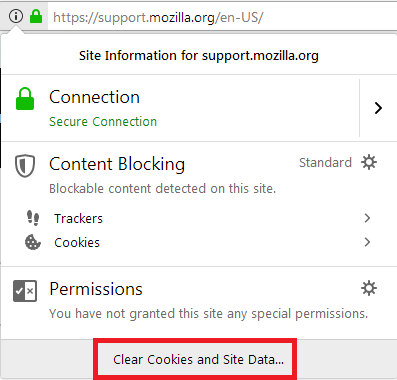

However, their parameters are sometimes case-sensitive.

Switch names cannot be abbreviated and are not case-sensitive.

For example, the following command tells Outlook to load a specific profile name upon startup. This switch tells Outlook to launch without showing the Reading Pane.Ī switch is sometimes followed by one or more specific instructions called parameters, which give the program further information about how to run the. The switch consists of a forward slash and a word or abbreviation that indicates the switch's action. In this example, a command-line switch has been added to the. A startup file with a switch looks like this. exe file, even if you don't actually type the command or even see it.Ī command-line switch is a modifier that is added to the. All startup methods essentially do the same thing: they run the app's. You can start the Office app as usual, by clicking the program icon on the desktop, or by clicking the program name on the Start menu. Using a command-line switch doesn't mean you have to type the whole startup command at the command prompt. It also includes a table that lists all of the switches and parameters that are available in the desktop Office apps. If you want to use a particular switch many times or every time that you start the app, you can create a desktop shortcut that starts the program by using the same switch and parameters. If you want to use the customization just one time, you can type the command and switch in the Run dialog box (Start menu) in Microsoft Windows. You can add options like this by using subcommands called command-line switches to an Office app's startup command. Or, you want to customize the process even more by loading an add-in or running a macro upon startup. But suppose you want Word to start without its splash screen and then load a template other than the Normal template. Microsoft Word, for example, displays the Word splash screen and loads the Normal template. When you launch a Microsoft Office product, the startup process runs in a standard way. Excel for Microsoft 365 Word for Microsoft 365 Outlook for Microsoft 365 PowerPoint for Microsoft 365 Access for Microsoft 365 Excel 2021 Word 2021 Outlook 2021 PowerPoint 2021 Access 2021 Excel 2019 Word 2019 Outlook 2019 PowerPoint 2019 Access 2019 Excel 2016 Word 2016 Outlook 2016 PowerPoint 2016 Access 2016 Excel 2013 Word 2013 Outlook 2013 PowerPoint 2013 Access 2013 Excel 2010 Word 2010 Outlook 2010 PowerPoint 2010 Access 2010 Excel 2007 Word 2007 Outlook 2007 PowerPoint 2007 Access 2007 More.


 0 kommentar(er)
0 kommentar(er)
